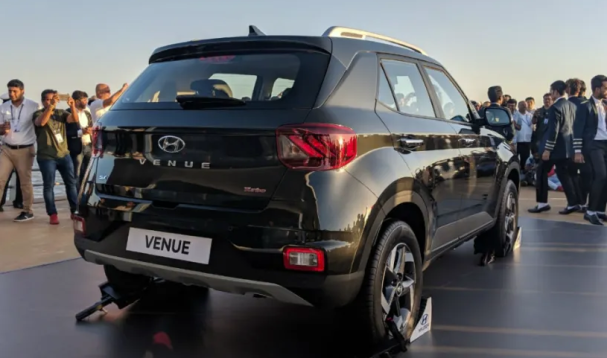About a century ago, a swiss engineer thought that IC engines were not efficient enough for the world. An invention based on that, though, has been the critical factor for developing performance cars. It was Dr. Alfred Buchi, the father of turbocharging.

Corvair Monza & Oldsmobile Jetfire were one of the first passenger vehicles with turbochargers in the 1960s. The turbo trend came late in India; turbocharged engines have been running for the last ten years. But initially, the public had no clue about the difference between the two.
Also, Read Turbocharged Vs. Naturally Aspirated Engine| Pros & Cons Explained
When did Turbos come to India?
India ran with naturally aspirated engines until Tata introduced a Turbo for their elite SUV, Sierra. Tata fitted the first turbo to a diesel engine which took power from 68 to about 90hp. Ford was the first to introduce turbo petrol in India in 2013 with the 1.0L Ecoboost variant of the Ecosport. This was soon followed by VW & Skoda for Polo, Vento & Rapid TSI variants.
Subscribe To The GoMechanic YouTube Channel
Nowadays, almost every brand has a turbo variant in its lineup. Hyundai Venue was the first C-segment SUV to get a turbo followed by Aura and hatchbacks like Grand i10 Nios. Tata also introduced a turbo variant with a 1.2L Revotron petrol engine for Altroz. The Creta also has a 1.4L turbo making 140hp, along with a sportier version of Verna too.

A Hyundai executive says: “India is the youngest country, and our studies show that youngsters want a thrilling driving experience and a strong performance. This is a hidden demand that we intend to tap.”
There has been a rise in the demand for turbo engines; people are going for turbo engines despite the turbo lag. There is no denying that these engines have an addicting feeling of power, but they are prone to overheating and are less reliable.
Also, Read: Does Turbo-Petrol Car Make Sense Over Naturally Aspirated?
Is a turbocharged engine necessary?
Some brands, such as Honda, Toyota & Maruti Suzuki, still run with naturally aspirated engines. No matter how good the turbo feels, there is no comparison between the two. The 1.5L engines running in cars such as Brezza & City are simply amazing. These brands have been coping with hybrid technology, such as the SHVS in Maruti cars.
Senior Executive Director CV Raman from Maruti Suzuki said the following on their failed experiment of Baleno RS powered by a 1.0L booster jet:

“We understood that the customer perceives a 1.0-litre engine as a 1.0-litre engine and a 1.5-litre engine as a 1.5-litre engine. The customer is not clued into whether it is a turbo-petrol or not. Of course, there are connoisseurs and enthusiasts out there, but there is a bigger audience that only looks at the engine’s size. So, a 1.0-litre turbocharged is considered to be a smaller engine and not having the necessary torque or the power to propel a bigger vehicle.”
Also Read: Maruti Suzuki Jimny Turbo Petrol To Debut Next Year?
What does the future include?
There is more to the rise of turbo-petrol than just the power. As the BS-VI norms have come, carmakers must be more careful about emissions. We have already seen a massive decline in diesel engines. With 2022 approaching, phase two of CAFE ( corporate average fuel efficiency) will be rolled out, too, requiring fleet emissions to go down to 113g/km. The turbocharged engines play a significant role here, as they are smaller with less displacement and are fuel-efficient.
Also Read: The Era Of Turbo Petrol Vehicles
These similar output engines with small displacements produce low CO2 emissions and are cleaner. Indian carmakers such as Mahindra are also working on revving up their mStallion engines with turbos. Turbocharged variants will be available for the 1.2-2.0L range. We already have the XUV300 Turbo Sportz running in the market. A 130hp mStallion engine is expected to power the XUV300 in the coming time. Others like Tata also plan a 1.5L turbo for their flagship SUV Harrier.
Also Read: How To Extract Best Mileage From Your Turbo Petrol Car?
EVs are the ultimate future, but we will reach there stepwise. Indian carmakers say India can avoid the hybrid phase, and Tata has invested 15,000 crores for EV infrastructure. With stricter emission norms and fuel efficiency being a priority, a significant shift towards turbo engines can be expected.







